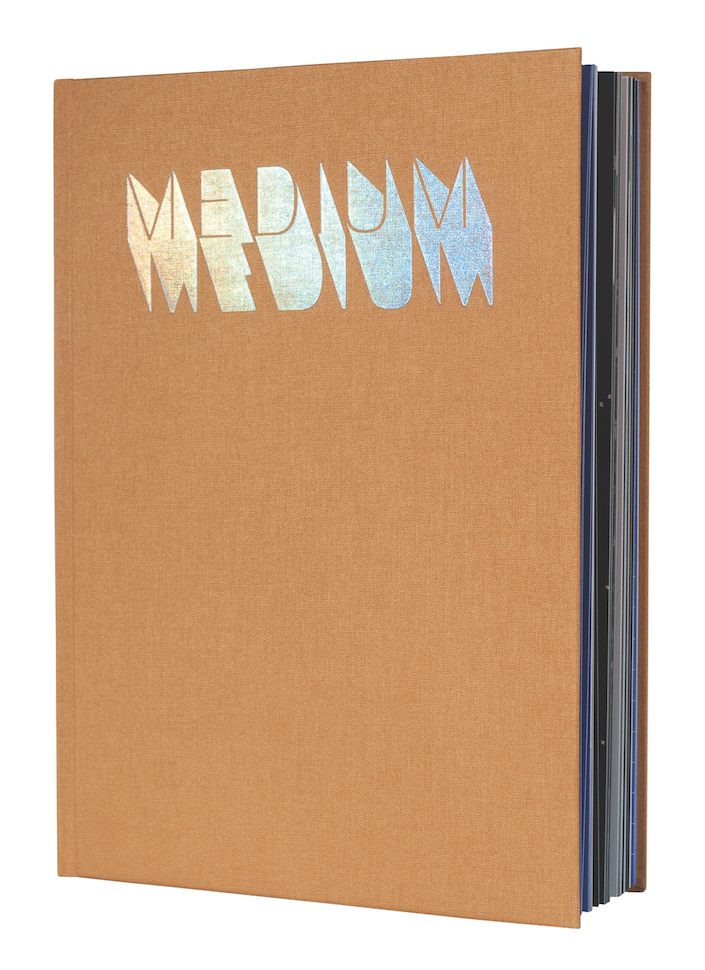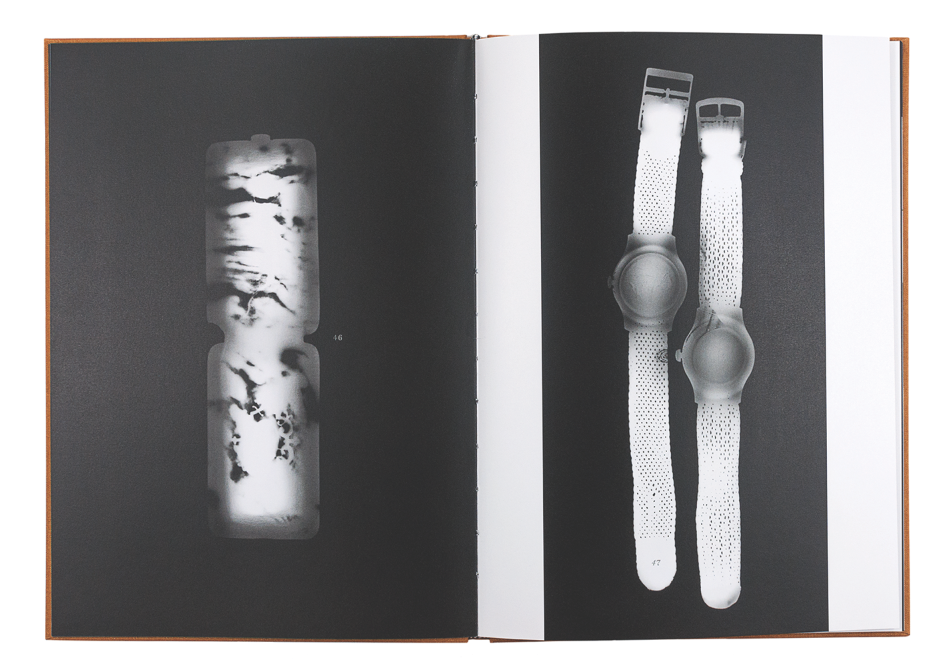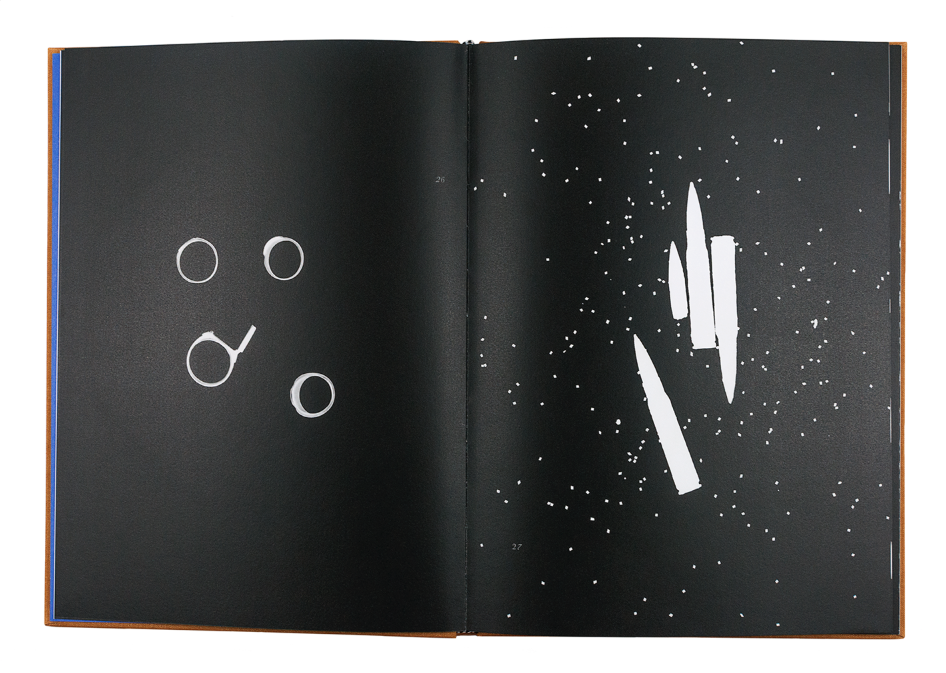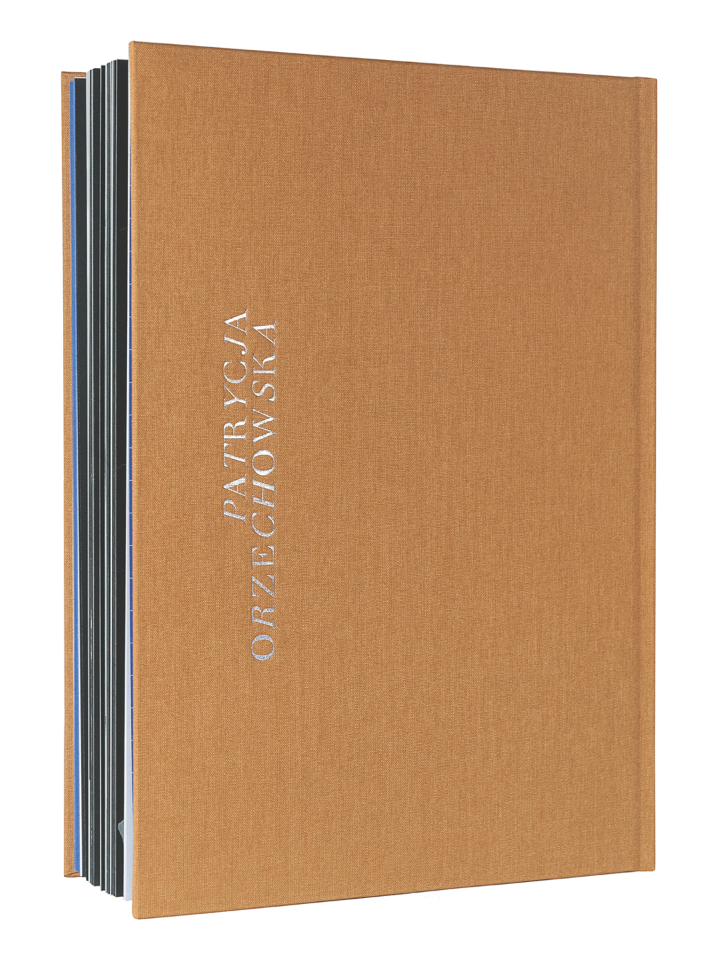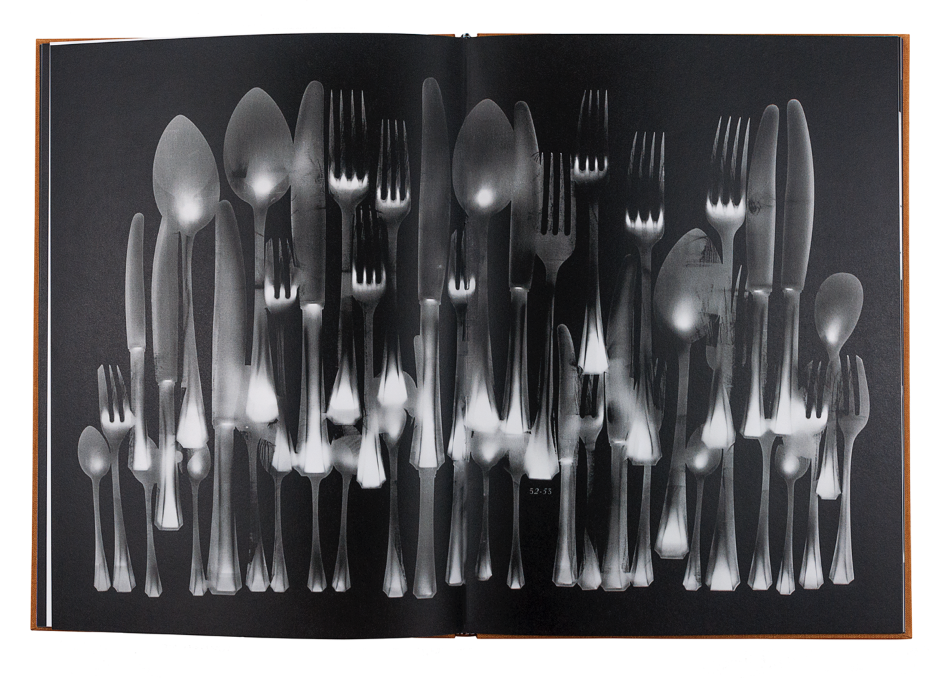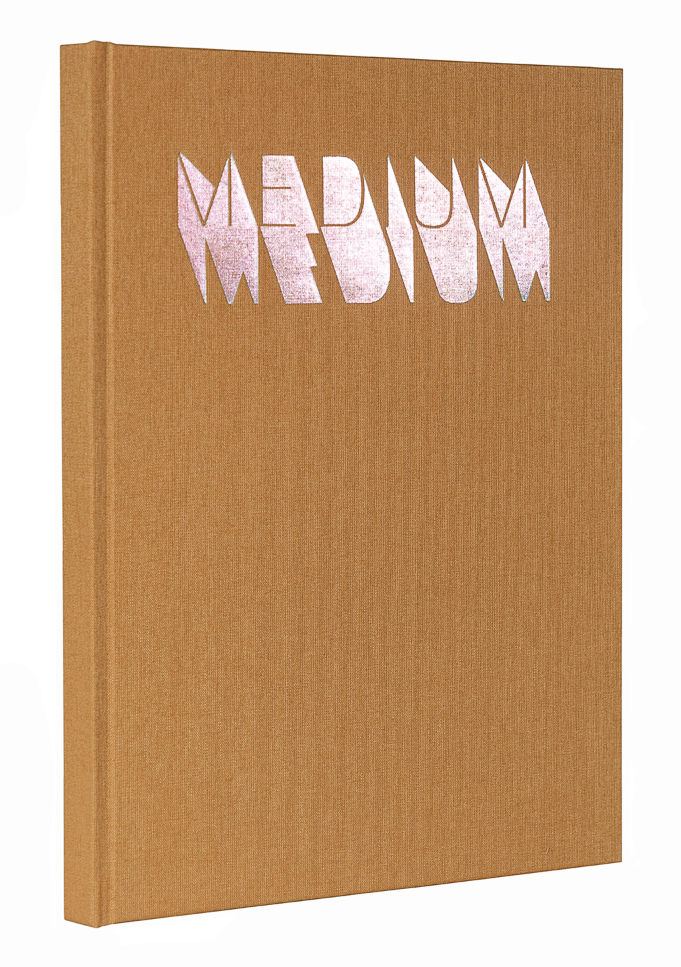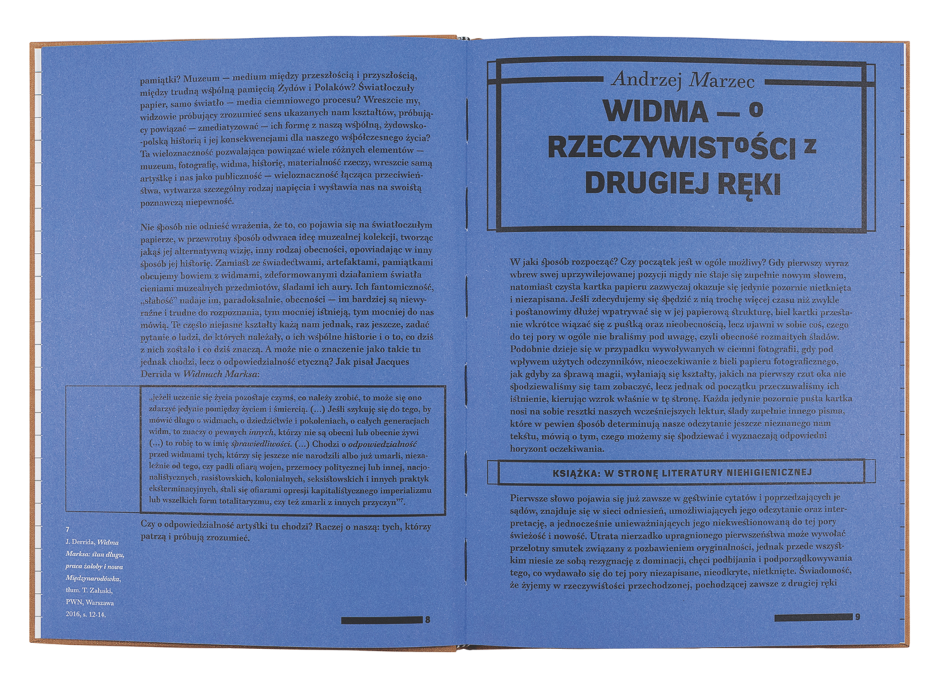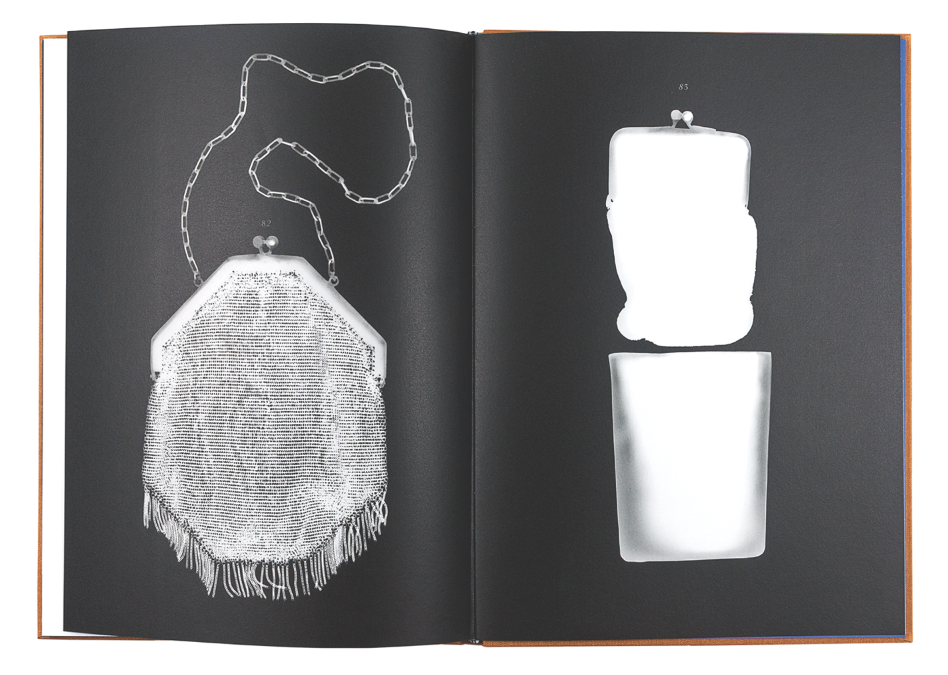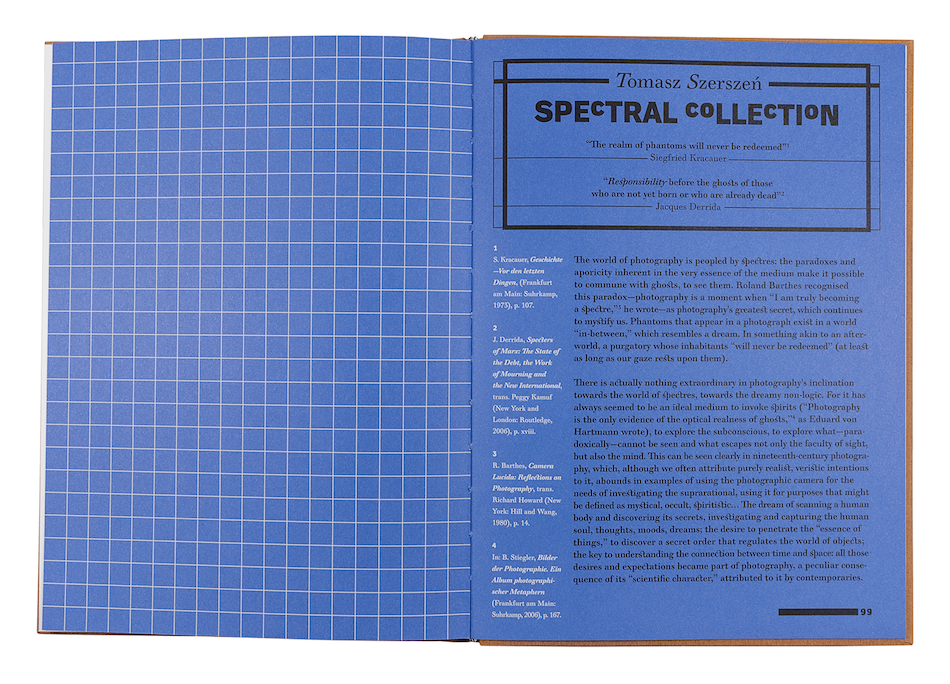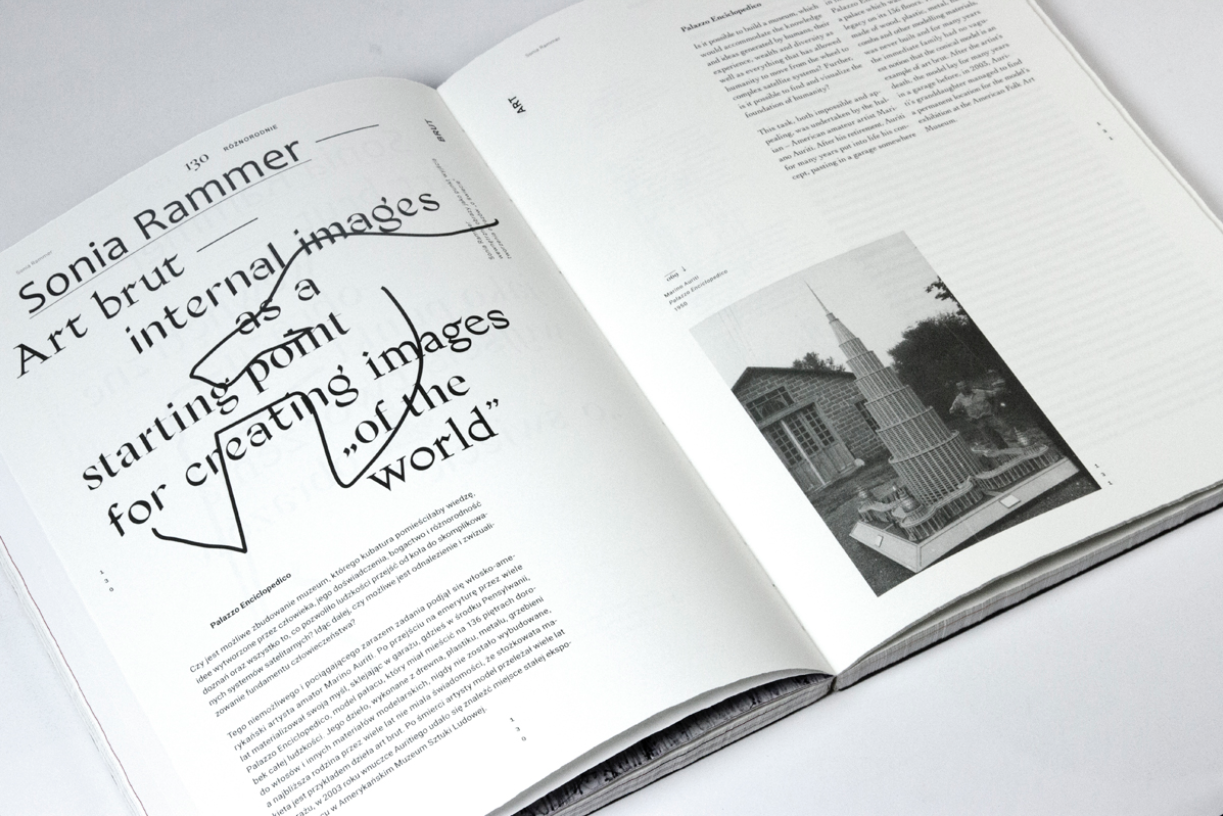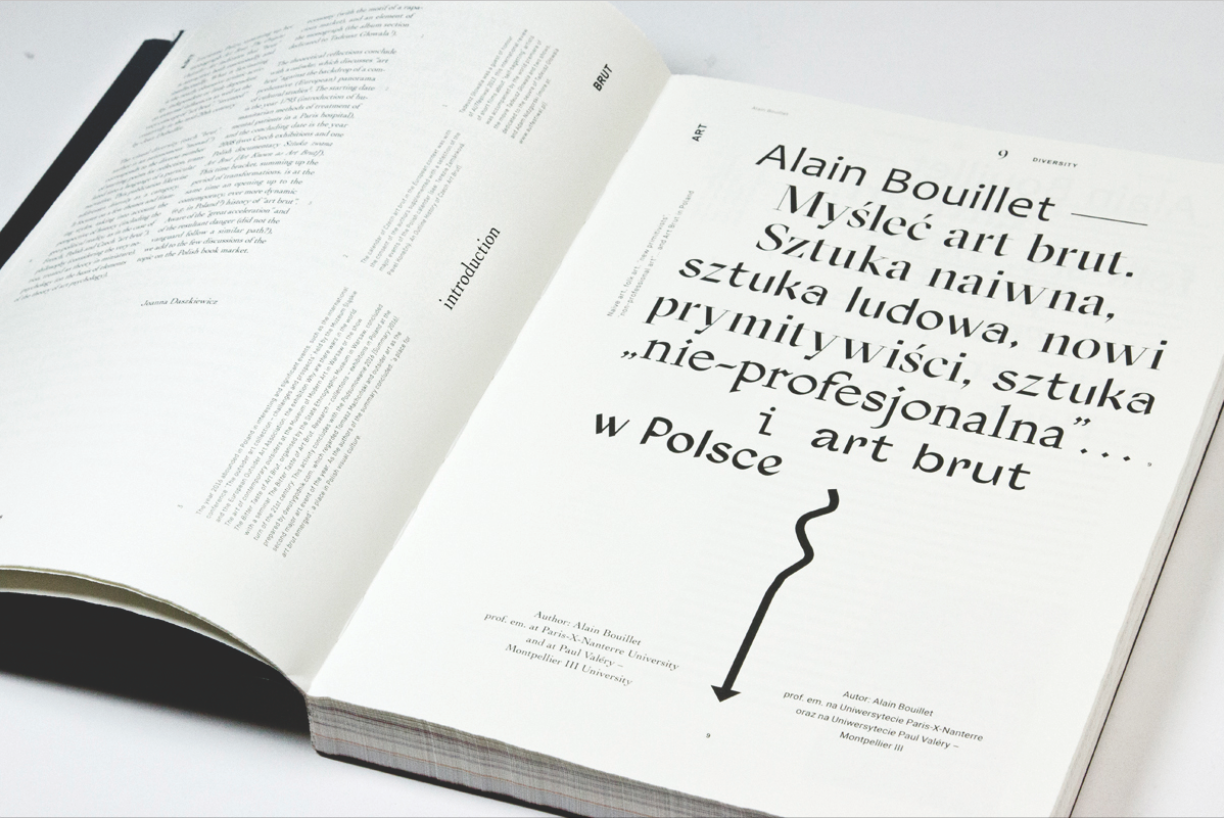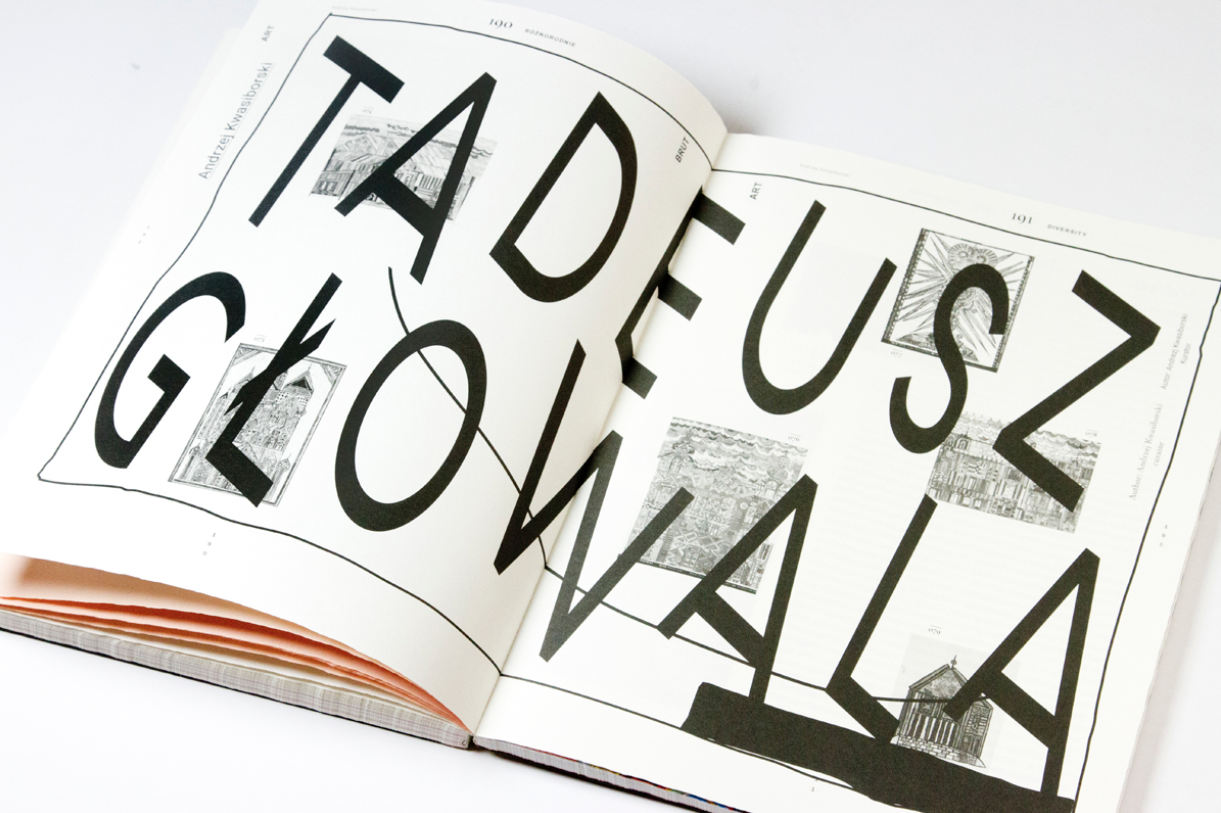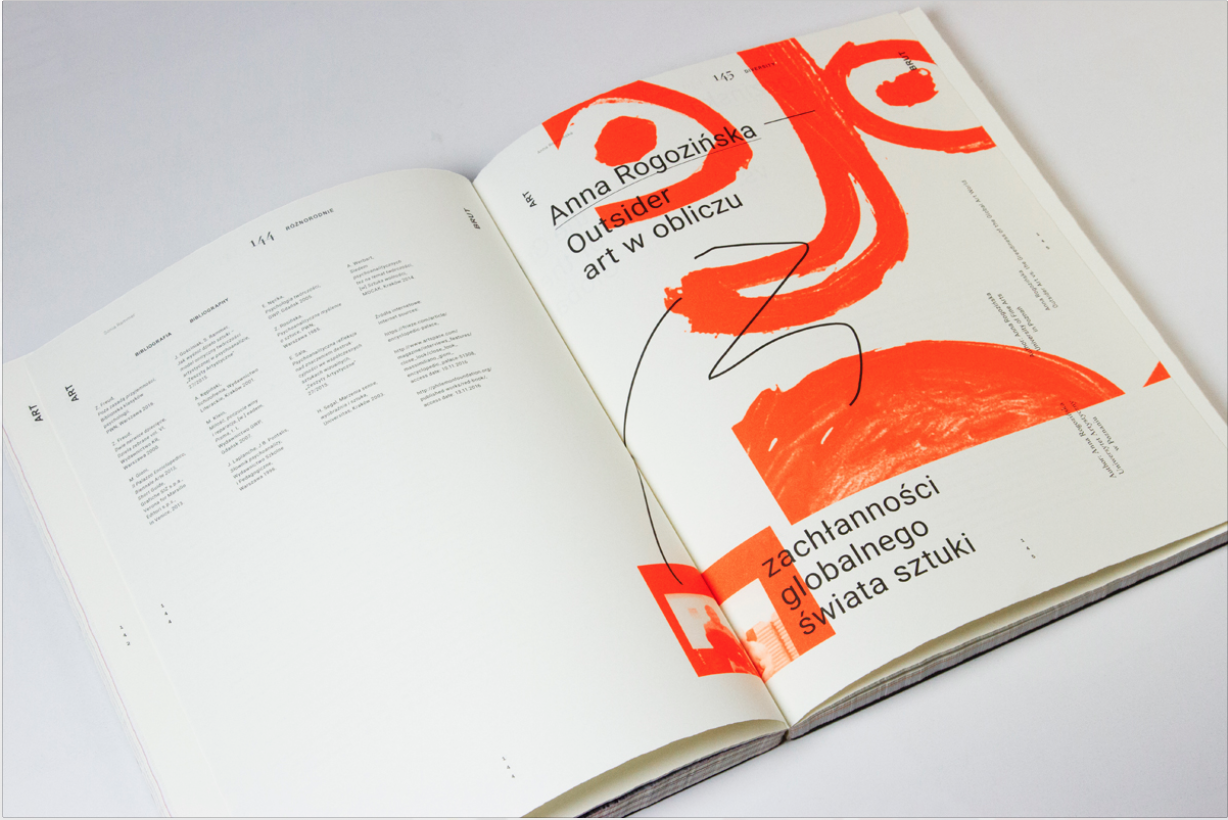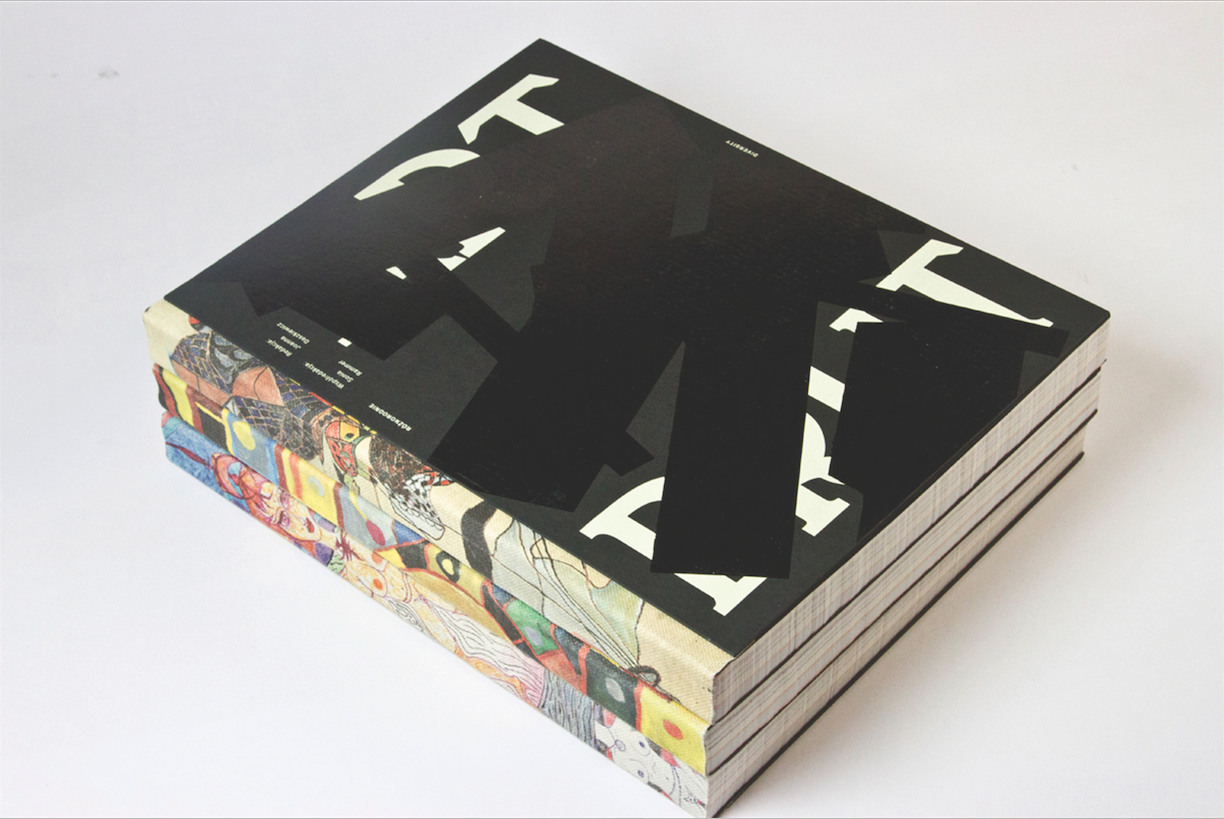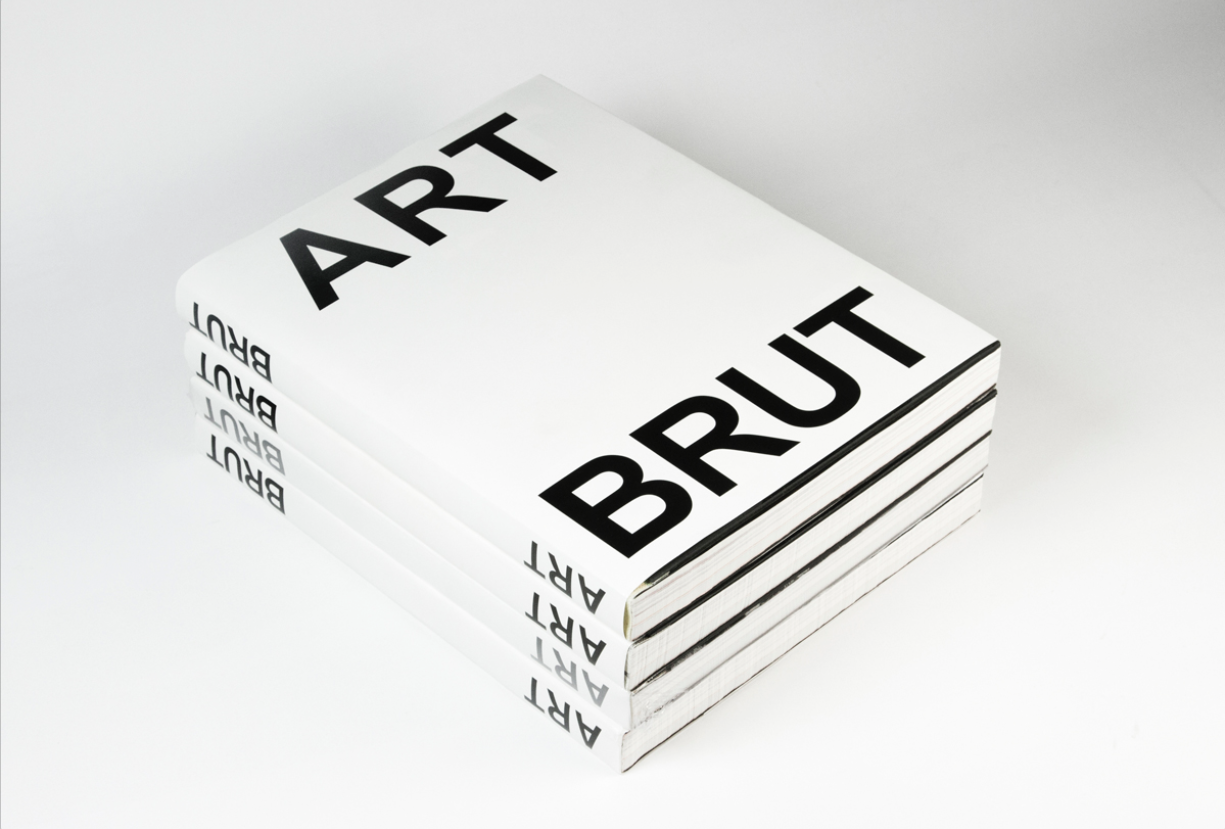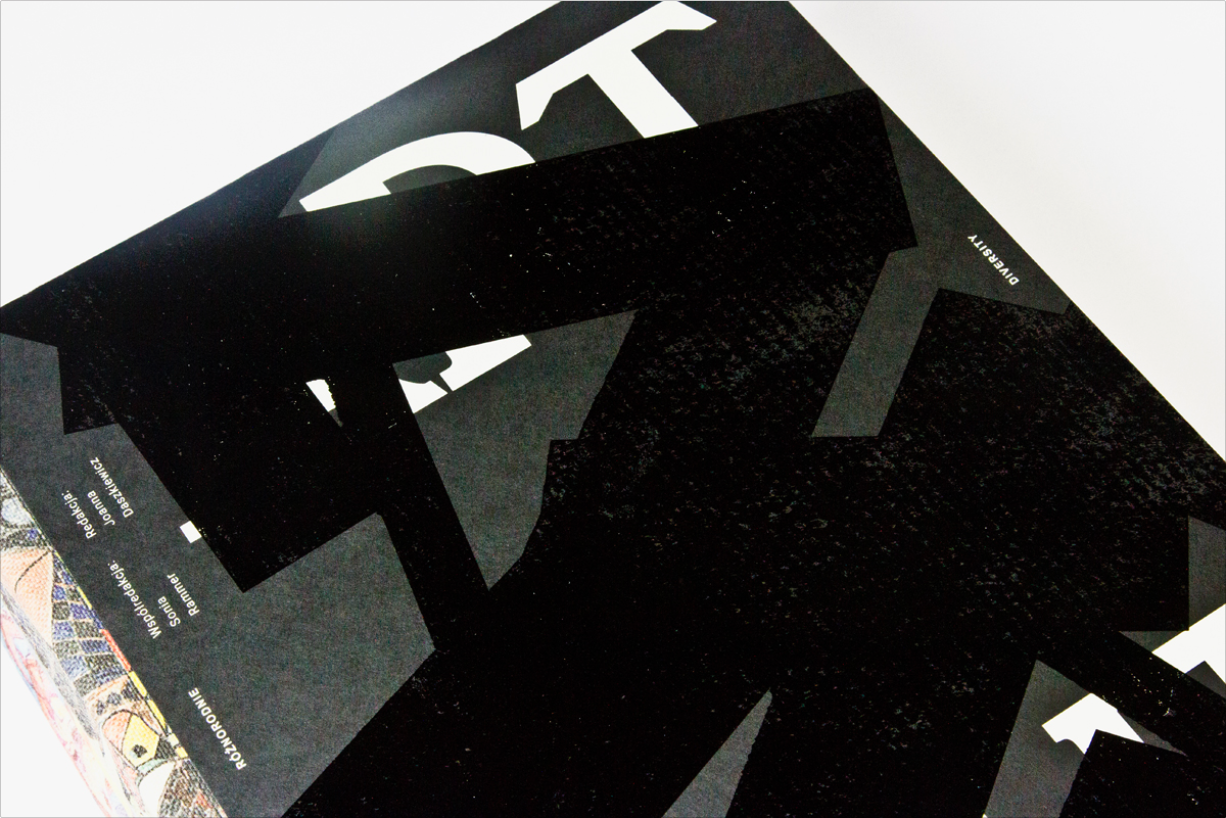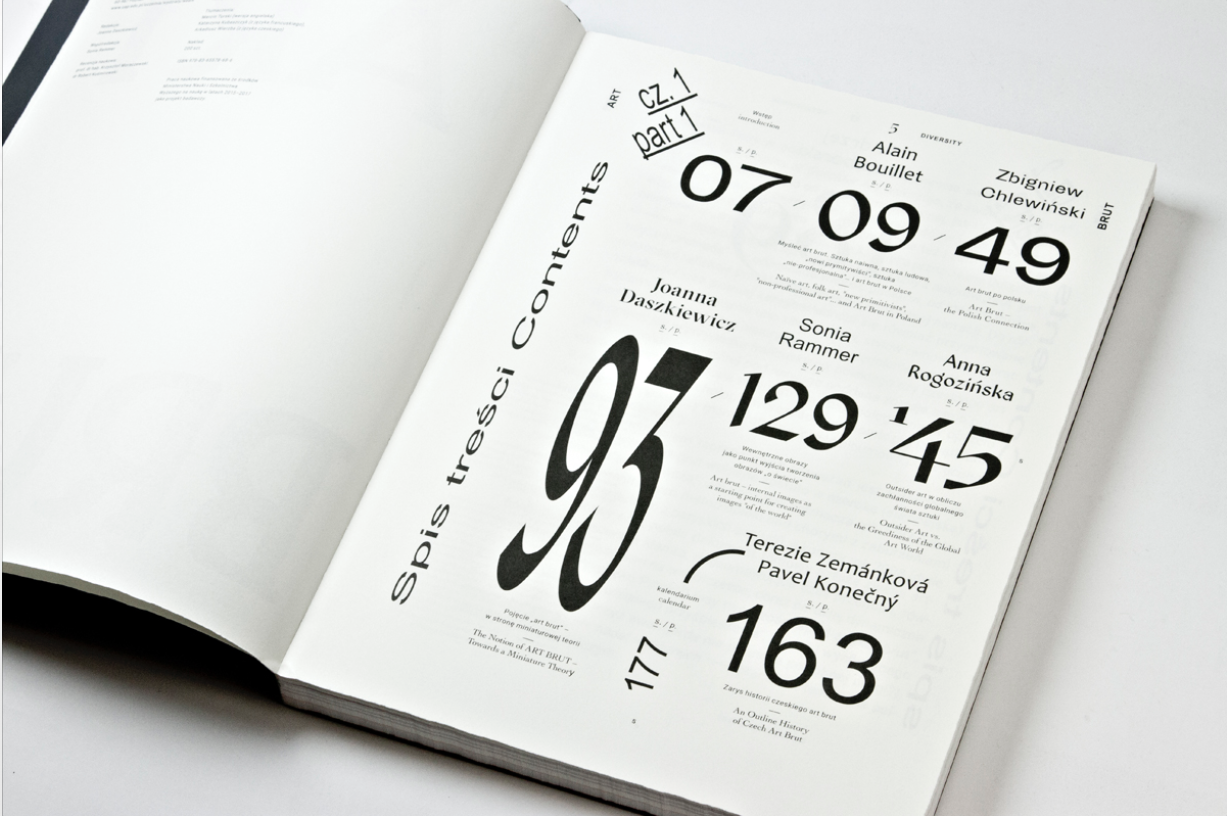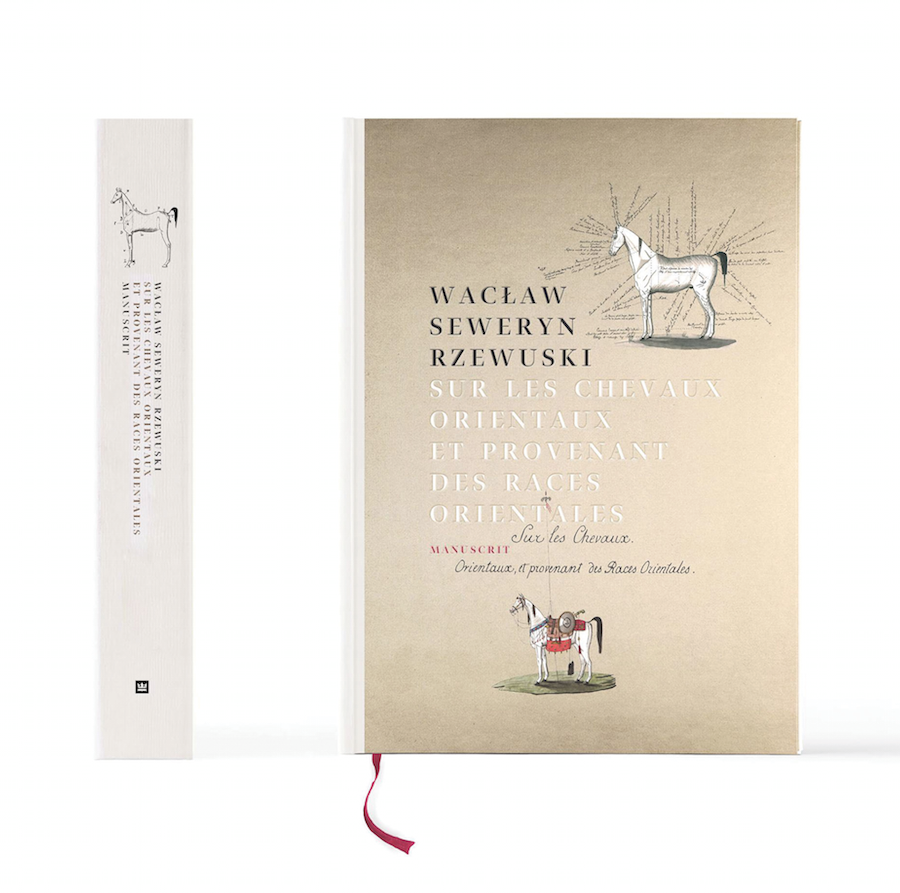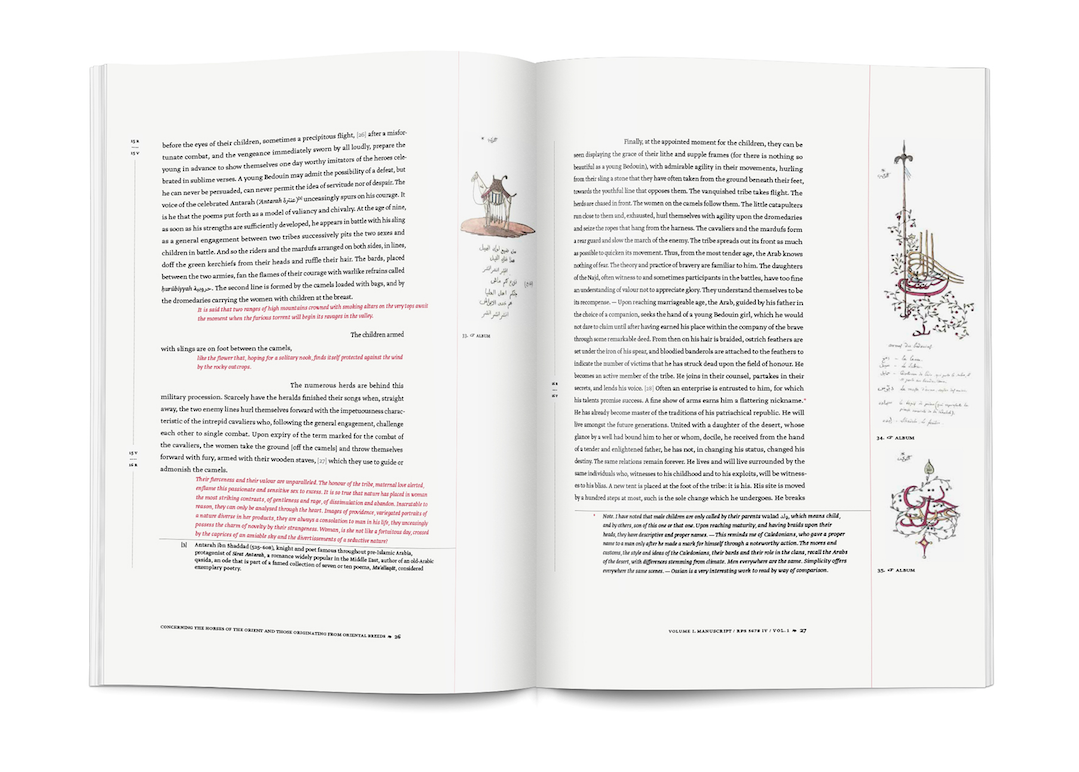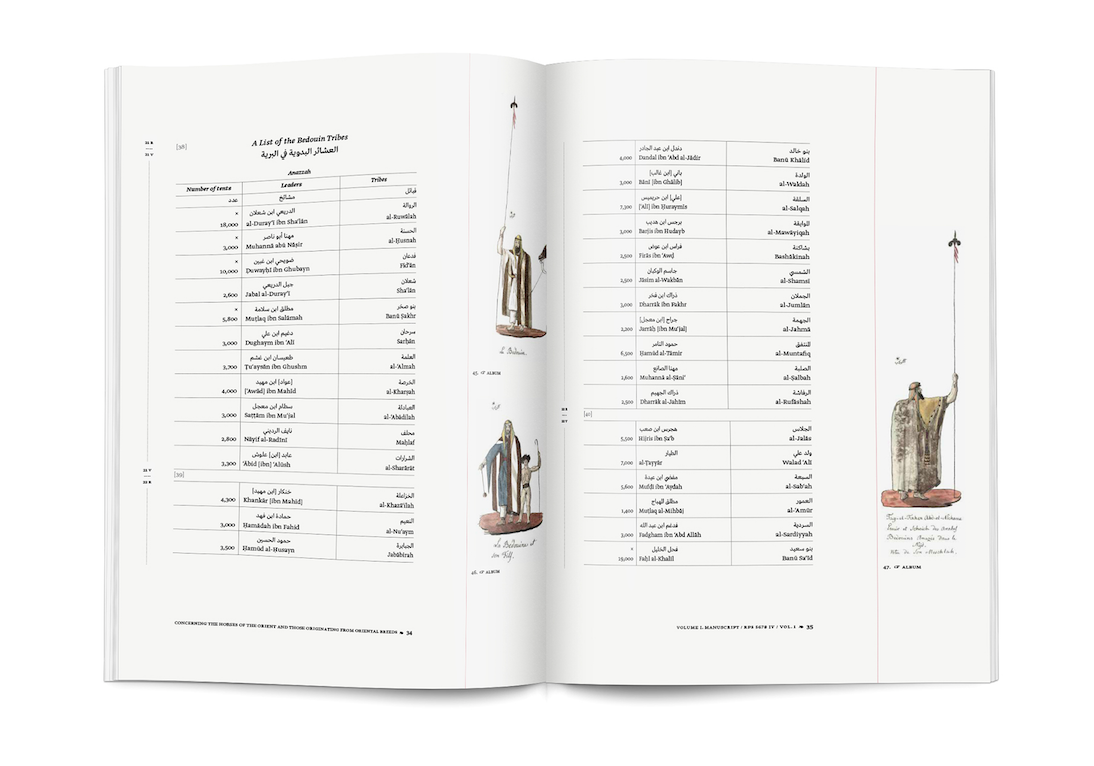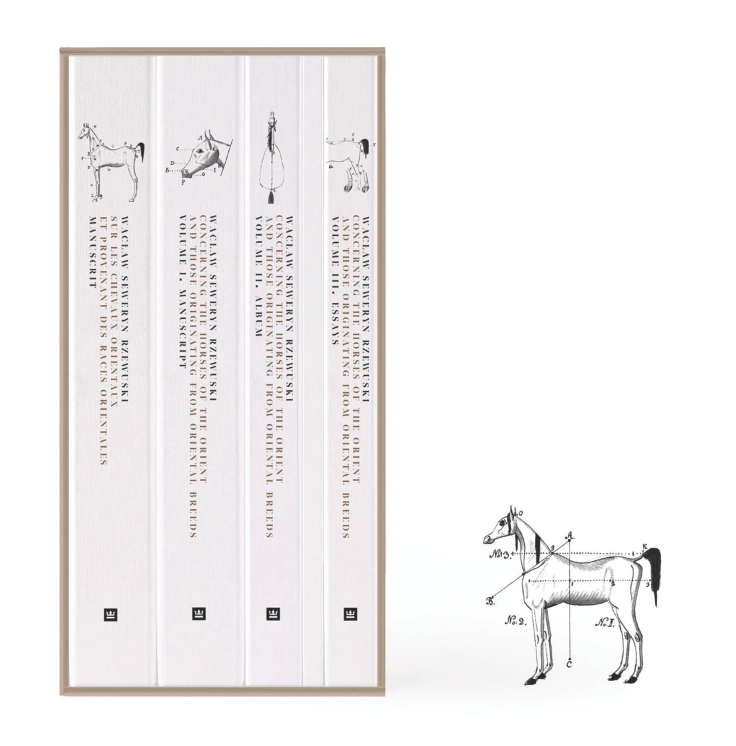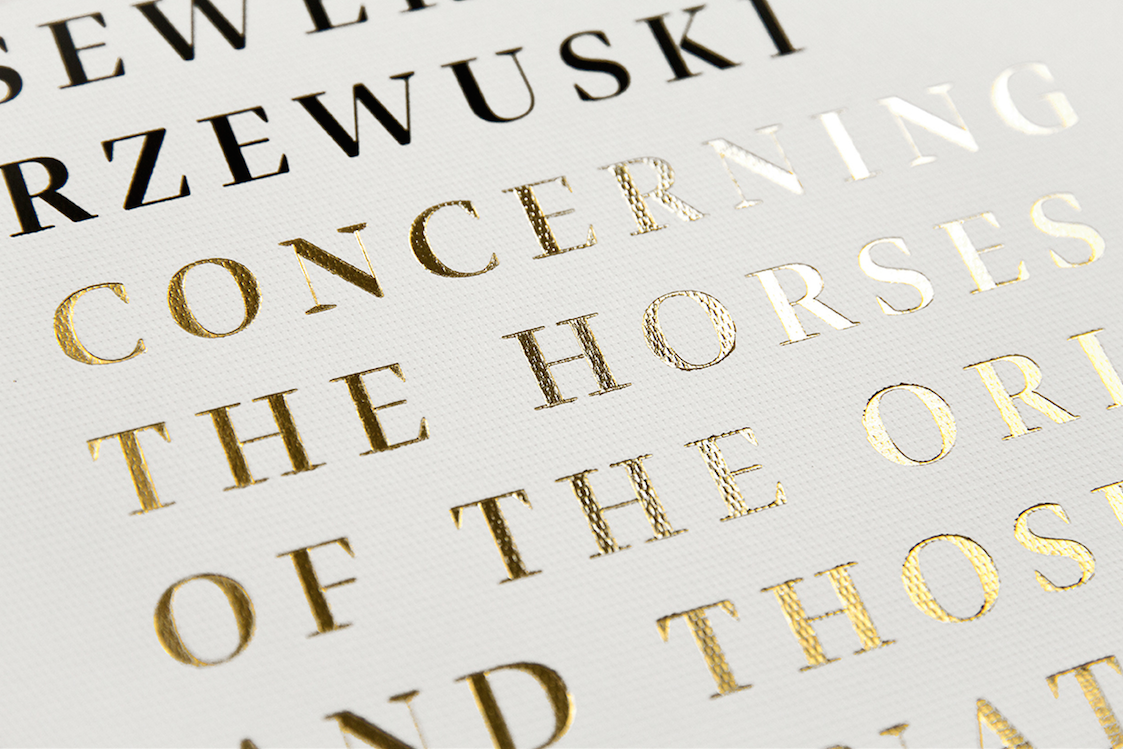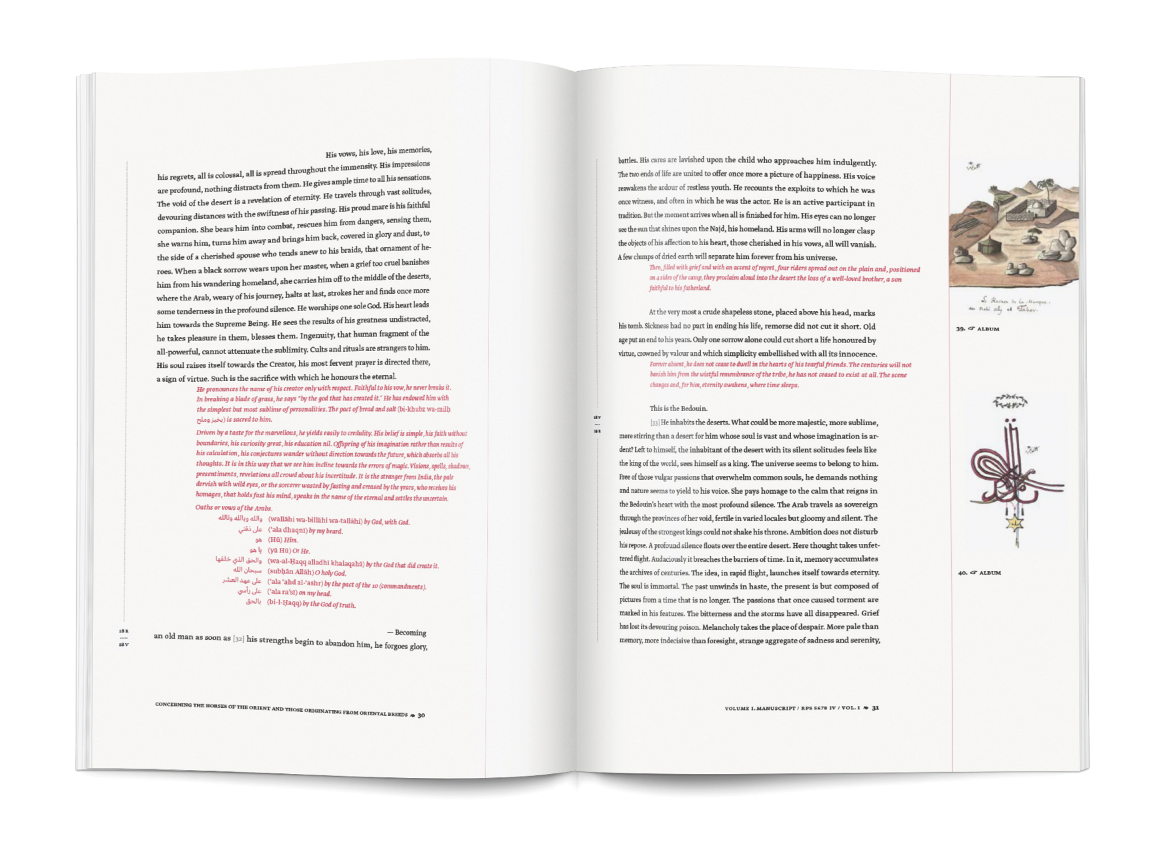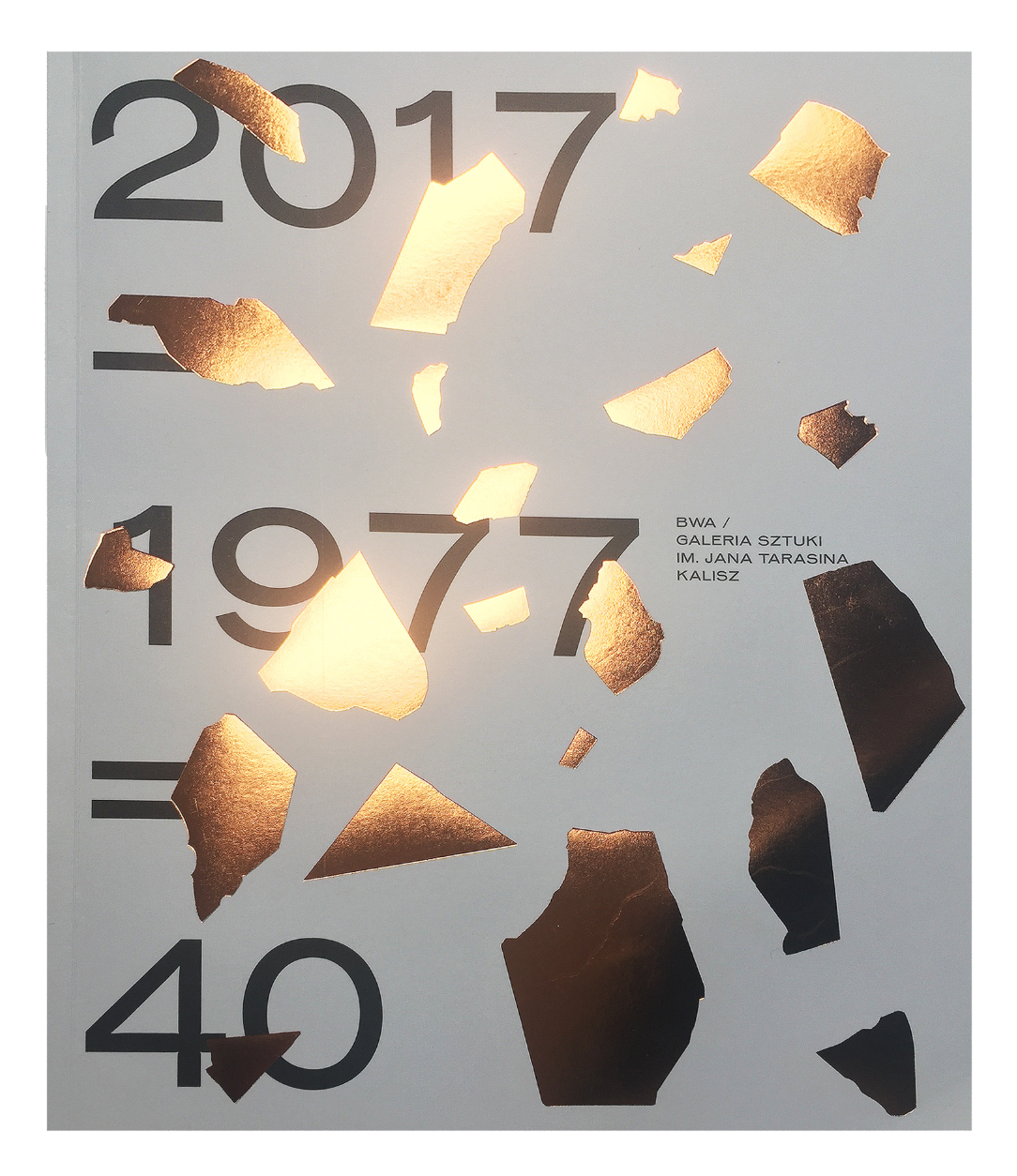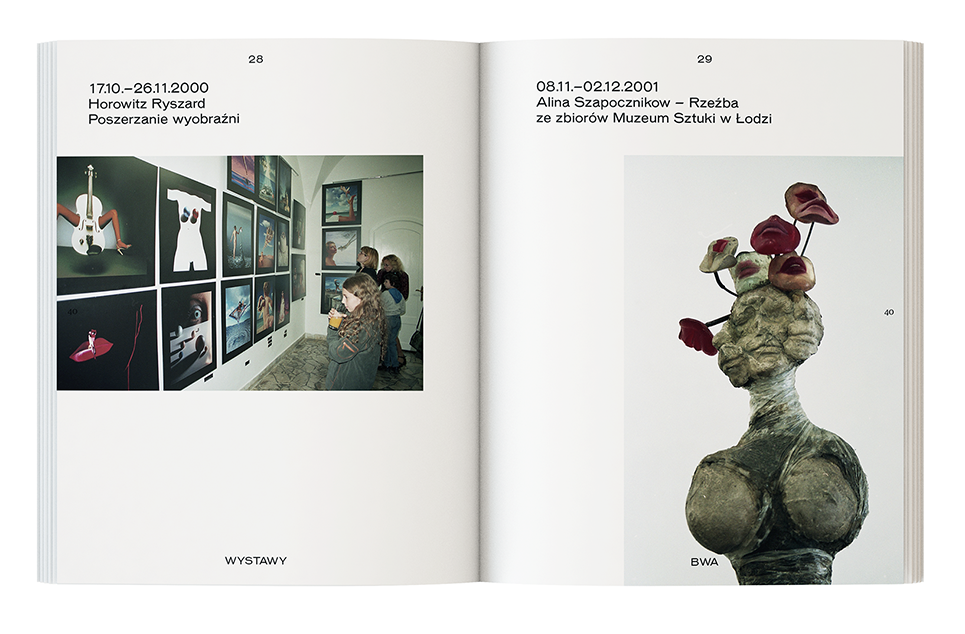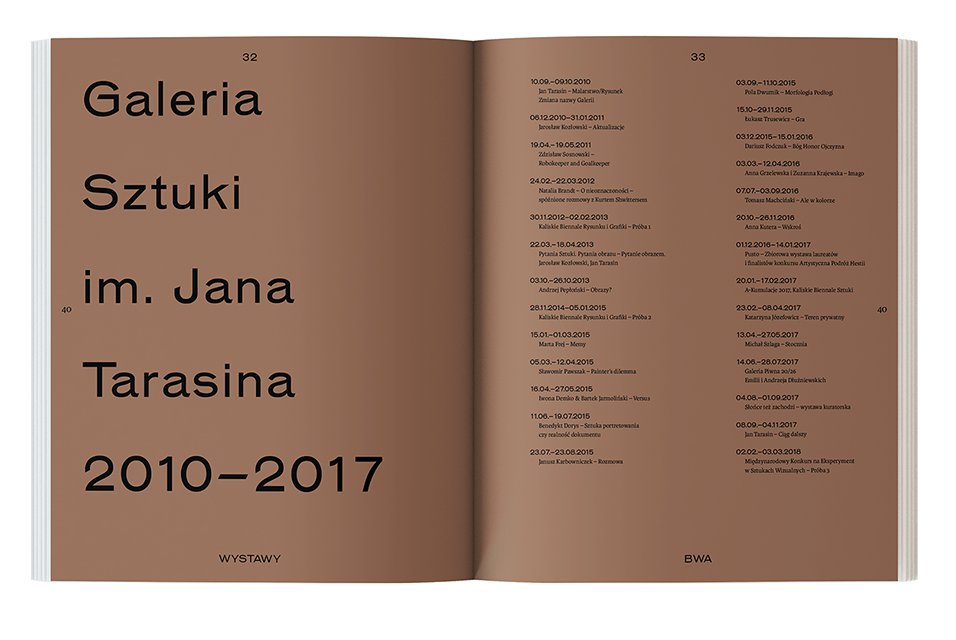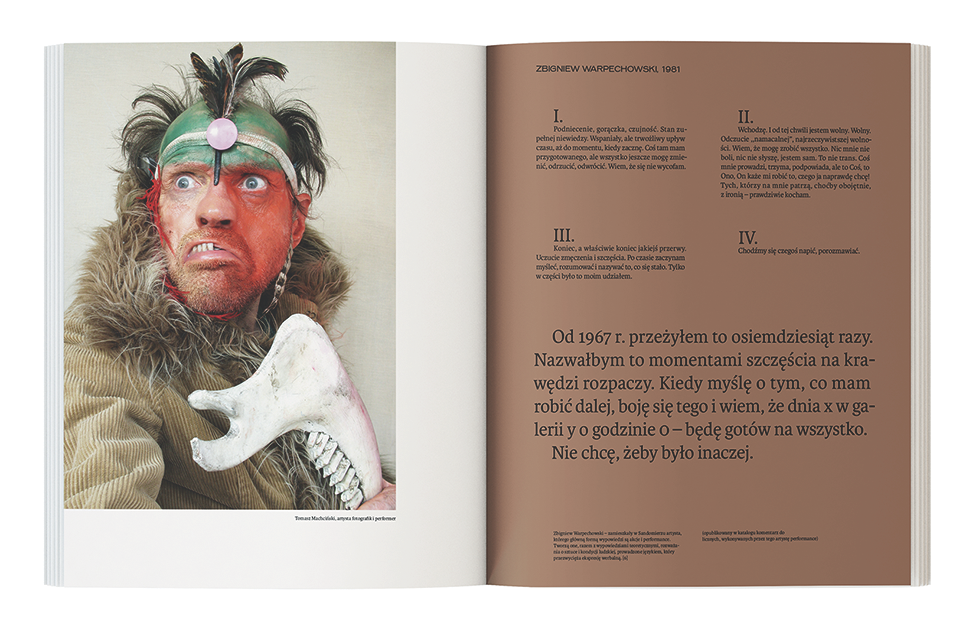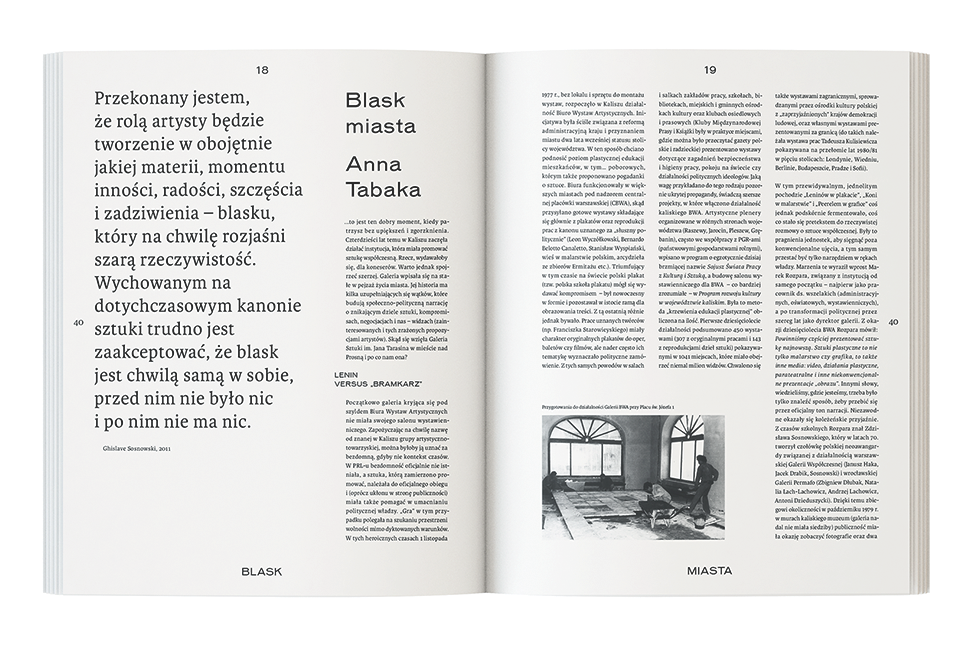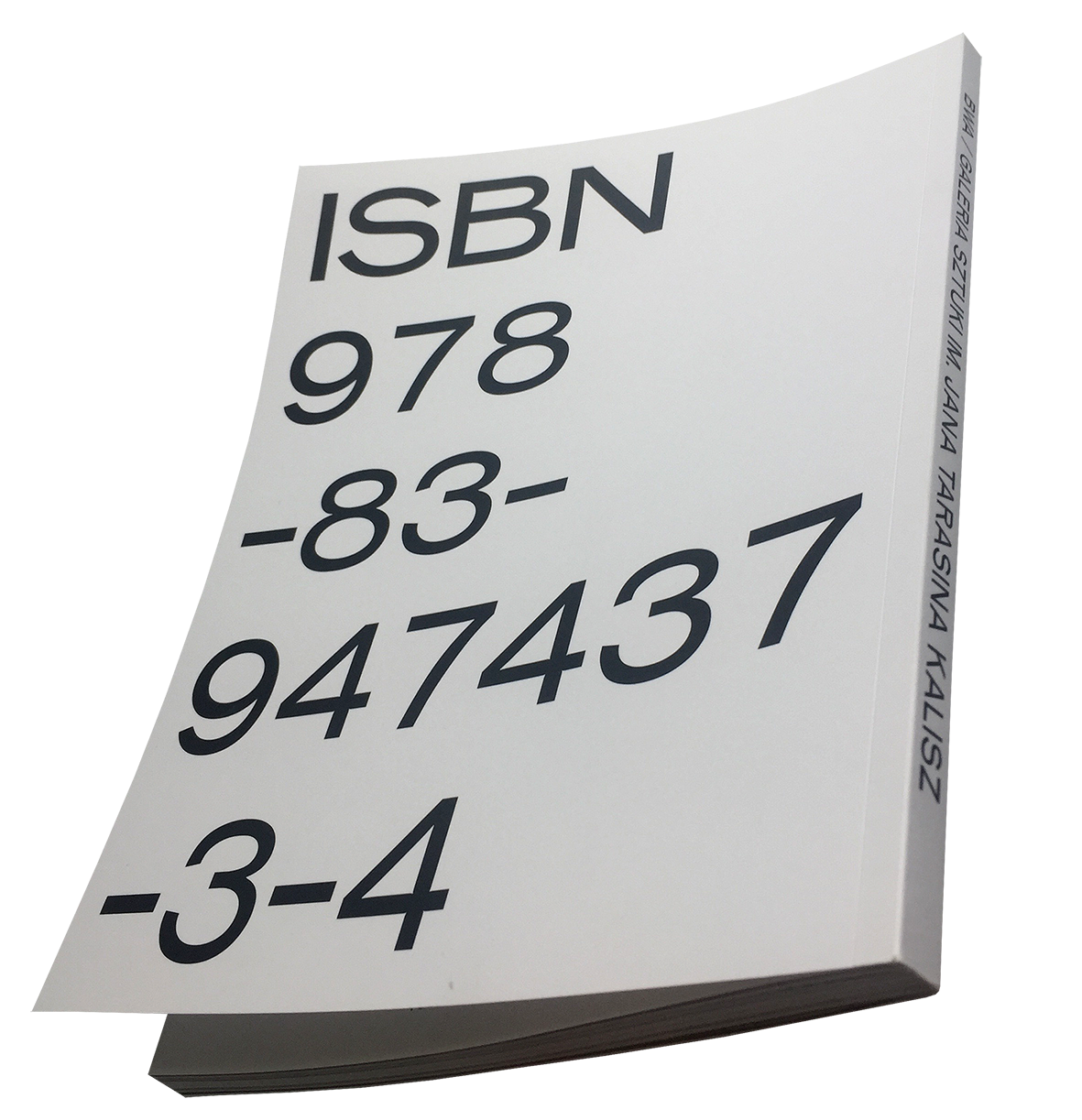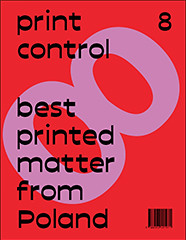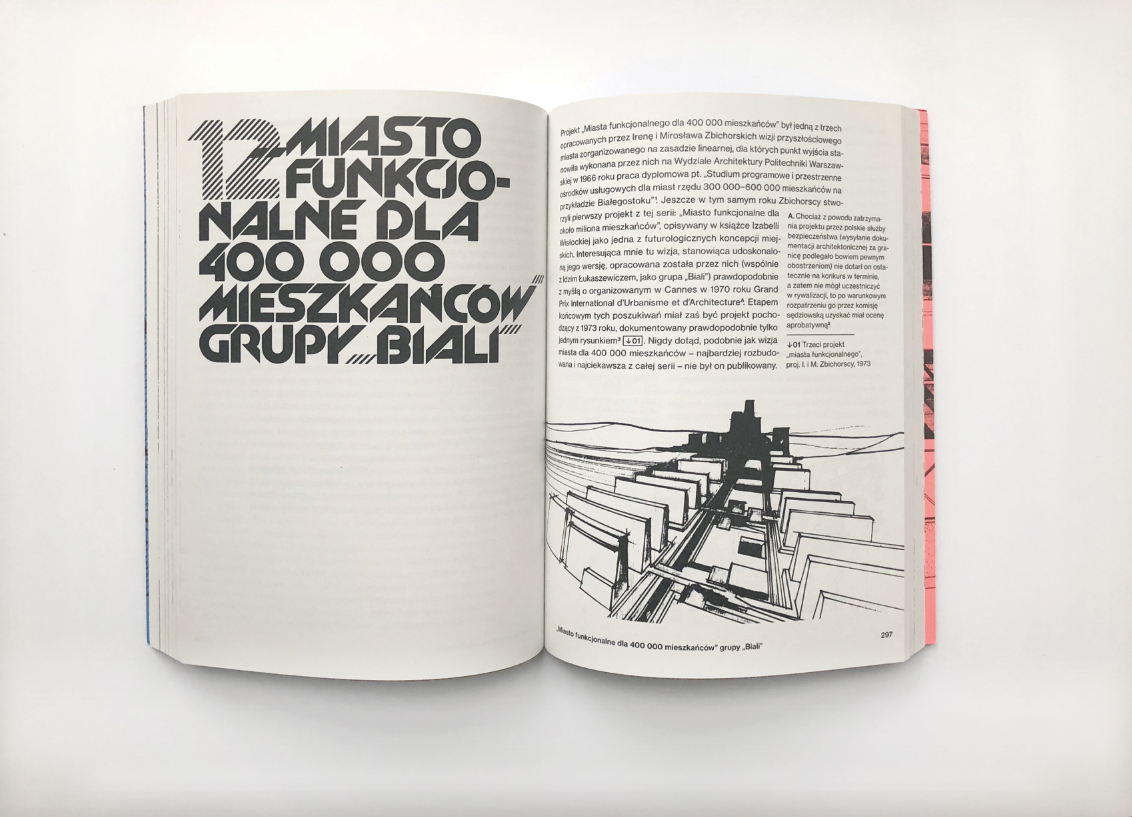
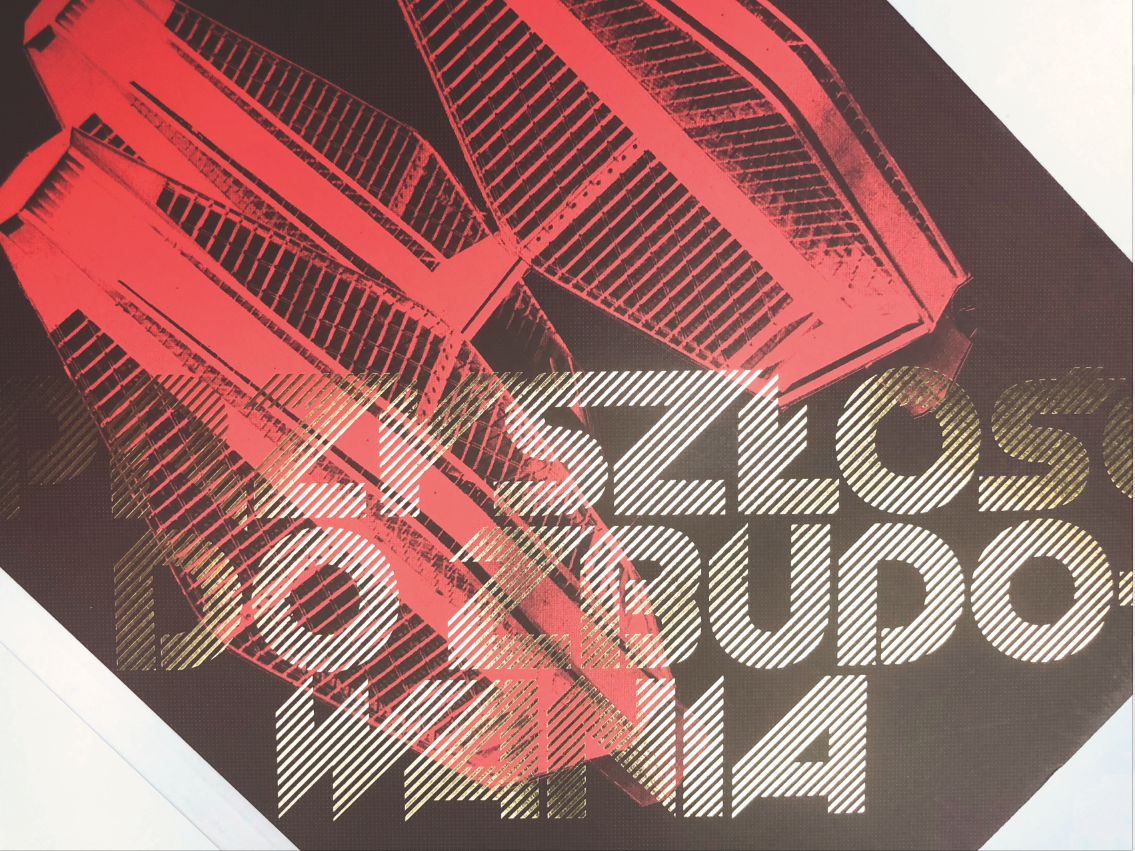

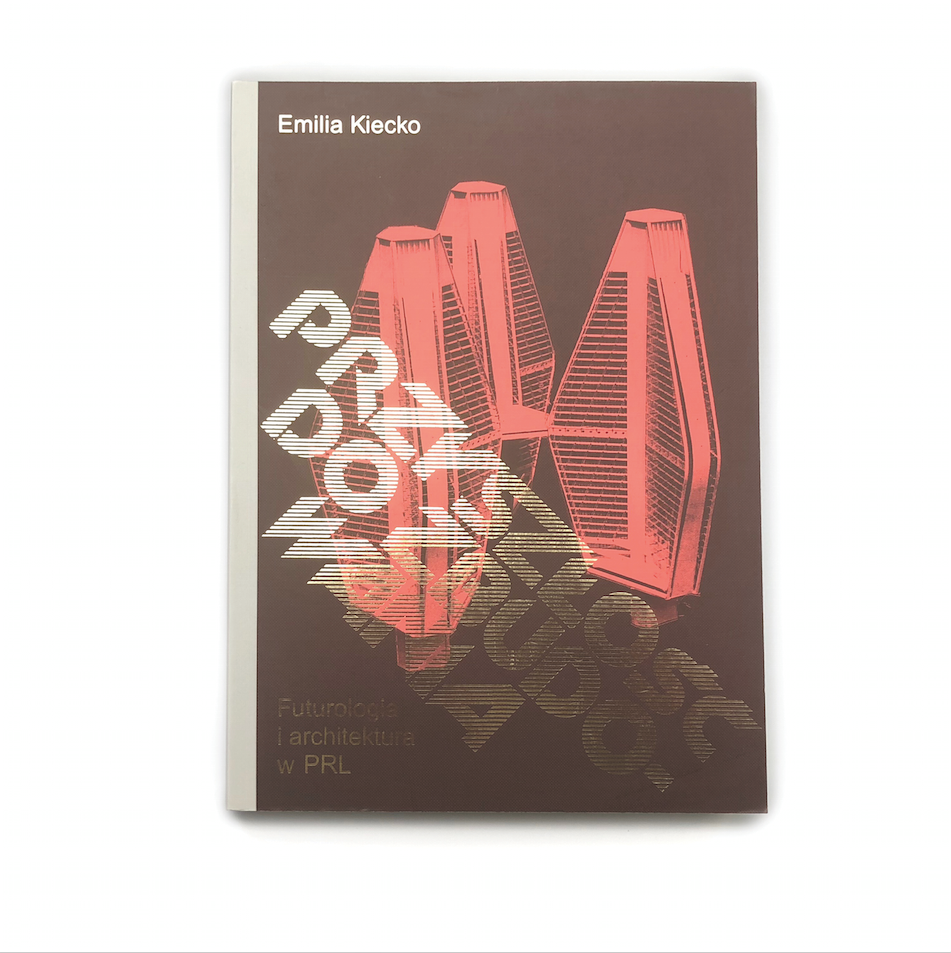
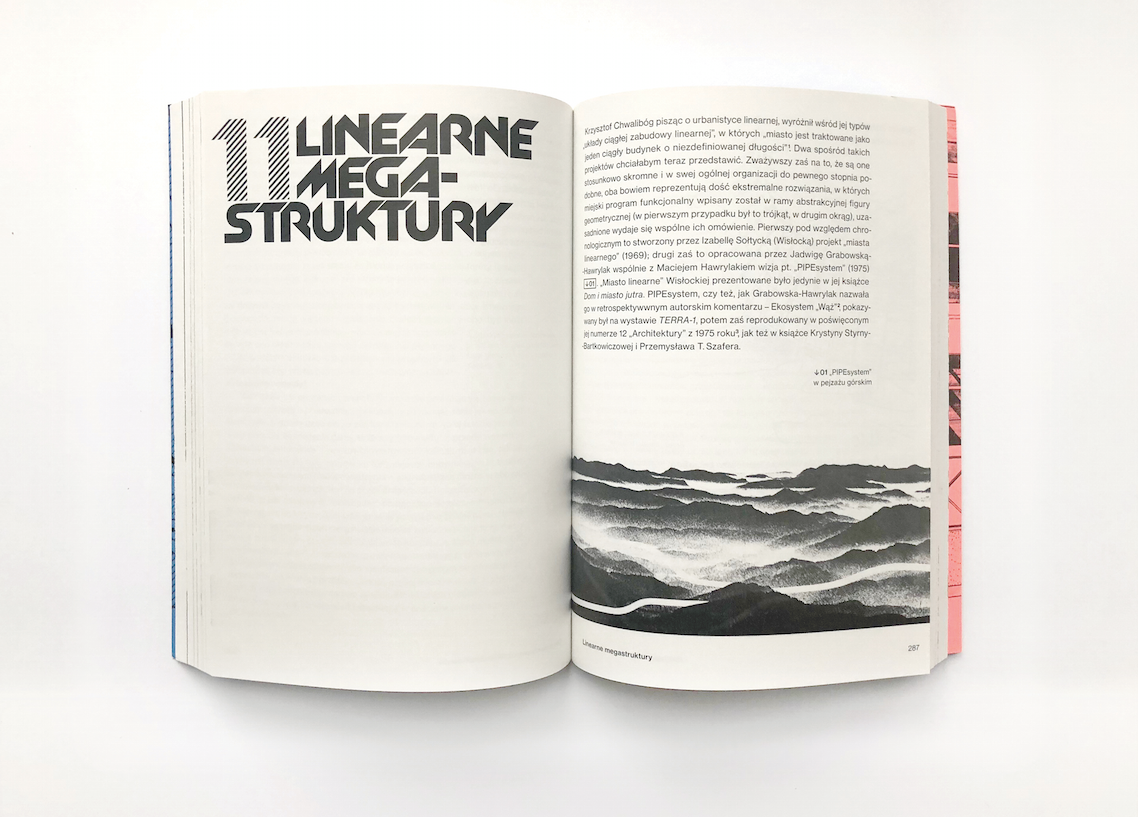 project Przyszłość do zbudowania. Futurologia i architektura w PRL
project Przyszłość do zbudowania. Futurologia i architektura w PRL
design Tomek Bersz
format 165×230 mm
typeface Neue Haas Grotesk, New Zelek
paper uncoated
print run 1000
publisher Bęc Zmiana
year 2018
Book design for “Przyszłość do zbudowania. Futurologia i architektura w PRL” [“A Future to Be Built. Futurology and Architecture in the People’s Republic of Poland”], which is the first extensive study of the Polish architecture and urbanism of “tomorrow”, presenting designs from the 1960’s and 1970’s. Exceptional and unpublished archival materials present a wide selection of well-known and completely-forgotten projects, including “Ribbon Cities” by Włodzimierz Gruszczyński, “Dagarama” – futuristic residential units by Jan Głuszak, Oskar Hansen’s “Continuous Linear System”, Wiesław Nowak’s “The Tower-Bridge Complex” or the “Terra X” project by Stefan Müller, among others.
Projekt książki „Przyszłość do zbudowania. Futurologia i architektura w PRL” będącej pierwszym tak obszernym studium polskiej architektury i urbanistyki „jutra” prezentującym projekty z lat 60. i 70. XX wieku. Wyjątkowe i niepublikowane wcześniej materiały archiwalne pokazują szeroki wybór znanych i zupełnie zapomnianych projektów, takich jak „miasta wstęgowe” Włodzimierza Gruszczyńskiego, futurologiczne jednostki mieszkalne Jana Głuszaka „Dagaramy”, Linearny System Ciągły Oskara Hansena, „zespoły wieżowo-mostowe” Wiesława Nowaka czy projekt „Terra X” Stefana Müllera.
Read More